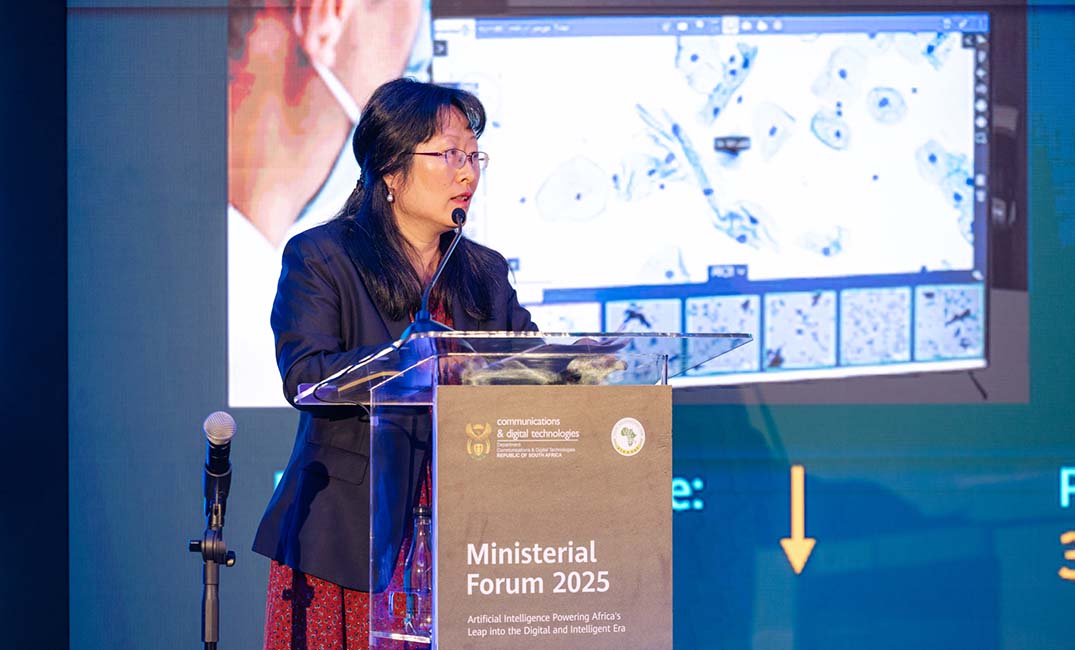Kathy Gibson reports – When it comes to developing an artificial intelligence (AI) economy from scratch, Africa could learn from countries that have successfully achieved their own transformation.
And we don’t have to look much further than China, which has evolved from being a follower in mobile computing just a few years ago to being a leader in AI with more than 60% of global patents in the technology.
Rosemary Zhang, chief consultant at Huaxin Consulting, tells delegates to the Minsterial Forum taking place on the sidelines of Africa Tech Festival in Cape Town, that Africa can take some lessons from how China did this.
She explains that the metamorphosis was part of a deliberate strategy and that any country could do the same.
The first step was strategic guidance, with a strong emphasis on the three-year implementation plan that proposed the development of AI at a national level. By 2025, the DeepSeek AI technology was available, and by 2027 China expects to have achieve extensive and deep integration of AI into key areas – with an application penetration of 70%, growing to 89% by 2030.
The next step in the plan was promoting implementation, focusing on short-term co-ordination for collectively advancing AI startups in developing industries. This was followed by empowering AI within all industries and sectors to drive industrial transformation.
The government enabled this step by providing computing, a reliable power supply, and the supply of data resources, industry-specific large models and agents, and a public service platform.
“Government provides the AI infrastructure, and also subsidises and incentives innovation, while optimising the enabling environment through policies.”
The third step in becoming an AI power is what Zhang describes as infrastructure first, with government driving the supply of infrastructure and services.
“Government should set up an AI computing centre, with cheap capacity to attract market participation and economic growth. As the market matures, it will shift to specialised service providers, and the government shifts to policy support.”
China has set up eight AI factories across the country, most of them being in regions where they can be powered by green electricity. “This ensures a cost-effective and sustainable power supply.”
With policies and infrastructure providing an enabling environment, the next step is application-driven, where the availability and employment of applications drives a virtuous cycle of more technologies and applications. This has been seen primarily in healthcare, education, and government affairs, Zhang says,
Any AI developments require the fuel of data. The Chinese government kick-started this process by making public data resources available and developing a methodology for the use of high-quality assets.

